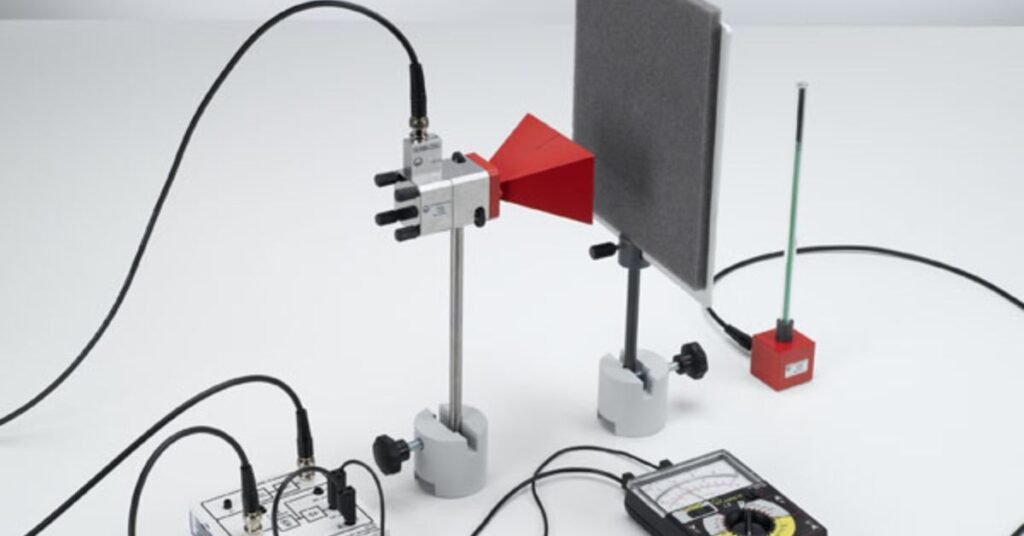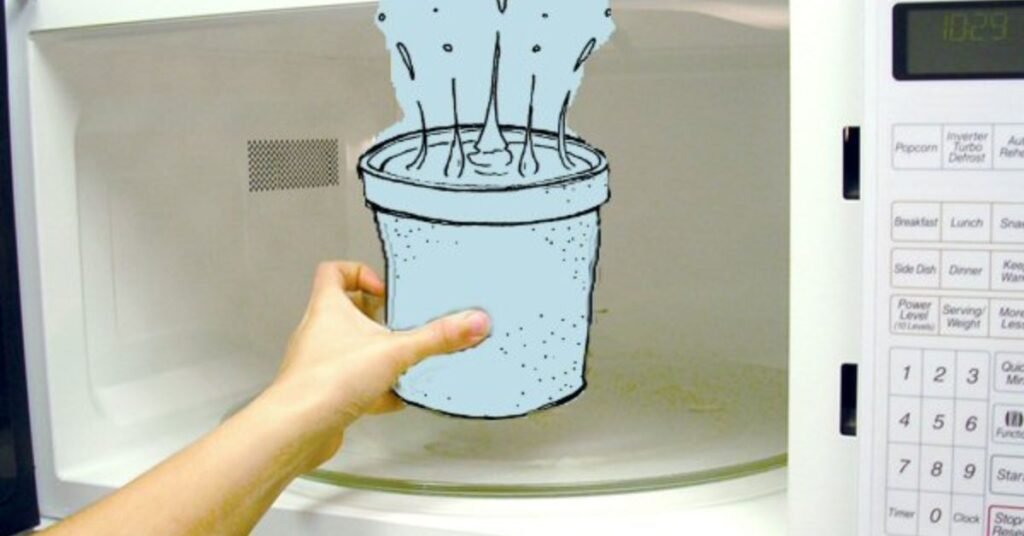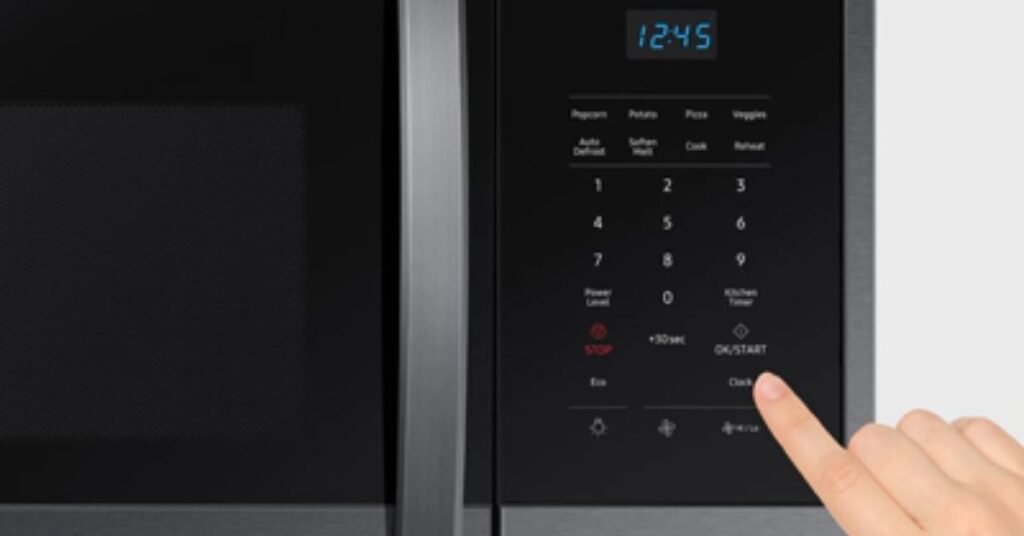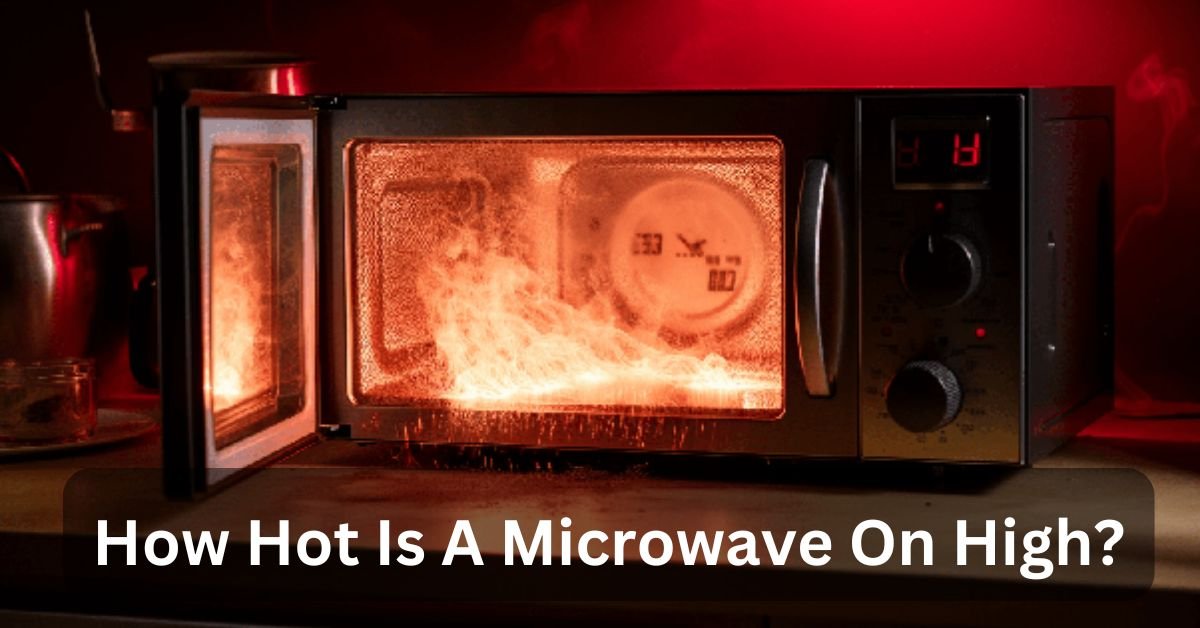Microwaves have become essential in current kitchens, supplying brief and convenient cooking options for many ingredients. One common query frequently arises is how excessive heat in a microwave is.
Microwaves are typically characteristic at an electricity level of around 600 to 1200 watts while set to “immoderate.”
In this text, we will delve into the specifics of microwave heating, explore the temperatures reached on excessive settings, discuss protection considerations, and offer realistic pointers for optimizing microwave cooking.
Understanding Power Levels:
Microwaves typically have several power settings, starting from low to high. The maximum setting, regularly categorized as “High” or with a numerical value (e.g., 10), can provide the maximum strength output of the Microwave. This power stage tiers on maximum microwaves from 800 to 1200 watts, depending on the version.
Measurement of Microwave Heating:
Microwave heating is commonly measured without delay through the temperature of the food being heated in preference to the Microwave. Here’s how microwave heating is understood and measured:
1. Microwave Power Output:
A microwave oven’s power output is measured in watts (W). This score indicates how much power the magnetron, the microwave generator, consistently releases over a given period. For instance, a mean family microwave might have a power score of seven hundred or 1000 watts.
2. Absorption of Microwaves:

Microwave radiation interacts with water molecules, fat, and sugars in food. These molecules take in the microwave power, causing them to vibrate unexpectedly, generating heat throughout the food.
3. Heating Patterns:
Microwaves warm meals erratically due to their wavelength and the way they interact with different elements of the meals. This is why rotating trays or stirrers are regularly used in microwave ovens to promote more even heating.
4. Temperature Measurement:
The temperature of the food being heated indicates the effectiveness of microwave heating. Thermometers designed for microwave use can measure the inner temperature of the food to ensure it reaches steady levels for intake. For example, meat must typically obtain a favorable internal temperature to ensure it’s thoroughly cooked.
5. Cooking Instructions:
Microwave cooking commands frequently offer recommended times for heating various kinds of food. These times are based on the Microwave’s wattage and the anticipated heating properties of the food.
Also Read: Can Red Solo Cups Go In The Microwave?-A Complete Guide
Safety Considerations:
When using a microwave oven, it is crucial to keep several safety issues in thoughts:
1. Container Safety:
Use microwave-stable containers and utensils. Avoid metal or packing containers with metallic trim, which could cause arcing (sparks) and harm the microwave oven. Always observe producer commands regarding appropriate materials for microwave use.
2. Food Safety:
Ensure meals are cooked to a secure temperature. Use a food thermometer to test the internal temperature of cooked meals, particularly meat, chicken, and leftovers, to make sure they reach secure temperatures for consumption (generally 75°C or 100 sixty 5°F for most meals).
3. Avoid Superheating:

Certain beverages, specifically distilled or purified water, can superheat inside the Microwave, meaning they can become overheated without bubbling or boiling. To prevent this, use a warning simultaneously when heating liquids, and usually add a stirring utensil or a microwave-steady item (like a wood stick).
4. Ventilation:
Microwave ovens can generate steam, particularly while heating beverages or food with high moisture content. Open packing containers slowly to launch steam and prevent burns from escaping steam.
5. Hot Surfaces:
Be cautious while dealing with heated dishes and boxes, as they can grow hot. Use oven mitts or pot holders to cope with warm items, and allow heated objects to sit back earlier than touching or consuming.
6. Stirring and Rotating:
Stir and rotate meals at some point of cooking to sell even heating and avoid heat spots.
7. Cleaning and Maintenance:
Keep the Microwave accessible internally and out to prevent the build-up of meal residues that can affect the meal’s overall performance or cause odors. Follow manufacturer instructions for renovation and cleaning.
Also Read: Can A Dryer Vent Go Down?-Understanding the Best Practices
Optimizing Microwave Cooking:
To get the excellent results from your Microwave, do not forget these recommendations:
1. Covering Food:
Covering food with a microwave-stable lid or wrap allows enticing steam and hasten cooking.
2. Arranging Food:
Arrange thicker components of food inside the route of the outside of the dish to promote greater even cooking.
3. Resting Time:

Allow food to rest after cooking to distribute heat flippantly throughout the dish.
Common Myths About Microwaves:
1. Microwaves Make Food Radioactive:
Microwaves do not make meals radioactive. They use electromagnetic waves to heat food, not ionizing radiation.
2. Microwaves Destroy Nutrients:
Microwaving food can, without a doubt, maintain extra vitamins compared to unique cooking techniques due to shorter cooking instances and much less publicity to warmness.
Also Read: Can You Put A Baseball Glove In The Dryer?-A Complete Guide
FAQ’s:
1. How hot is a microwave on excessive Celsius?
Food and cookware taken out of a microwave oven are hardly ever a bargain hotter than one hundred °C (212 °F).
2. What is immoderate warmth in a microwave?
High (100 percent) strength is satisfactory for browning, boiling liquids, cooking or heating fish, floor meats, bacon, and vegetables.
3. What is the maximum heat of a microwave?
Since we’re most interested in heating food, and this meal is made of water, the maximum temperature of a substance inside the microwave oven is close to 100 C. 100 C or 212 F.
4. Do microwaves overheat?
Suppose the Microwave is overheating and closing itself down. In that case, that is due to excessive voltage elements in the unit getting too warm, leading the thermal lessen-out transfer to be activated as a safe function to save you from similarly overheating.
Conclusion:
In conclusion, microwaves warm food quickly and efficiently, achieving temperatures that could boil water and prepare dinner meals. Knowing how microwaves work and following protection recommendations can harness the entire functionality of this bendy kitchen equipment.
Whether you are reheating leftovers, defrosting frozen meals, or preparing for a quick snack, the Microwave remains a reliable accomplice in cutting-edge cooking. So, next, wonder how to overheat a microwave excessively, mind that it’s no longer just about temperature but about butting-edge manners; it transforms your food from cold to heat in several minutes.

